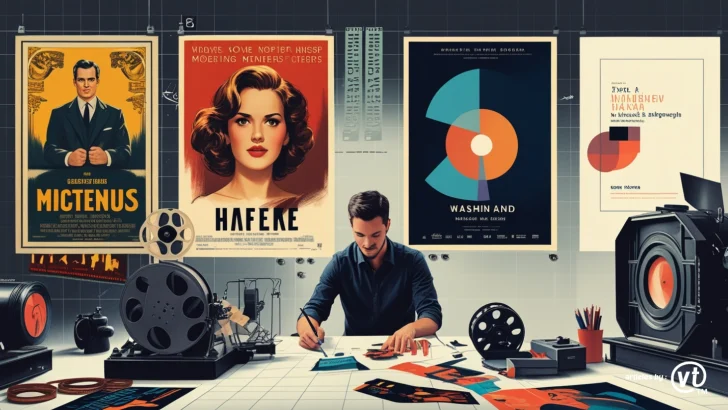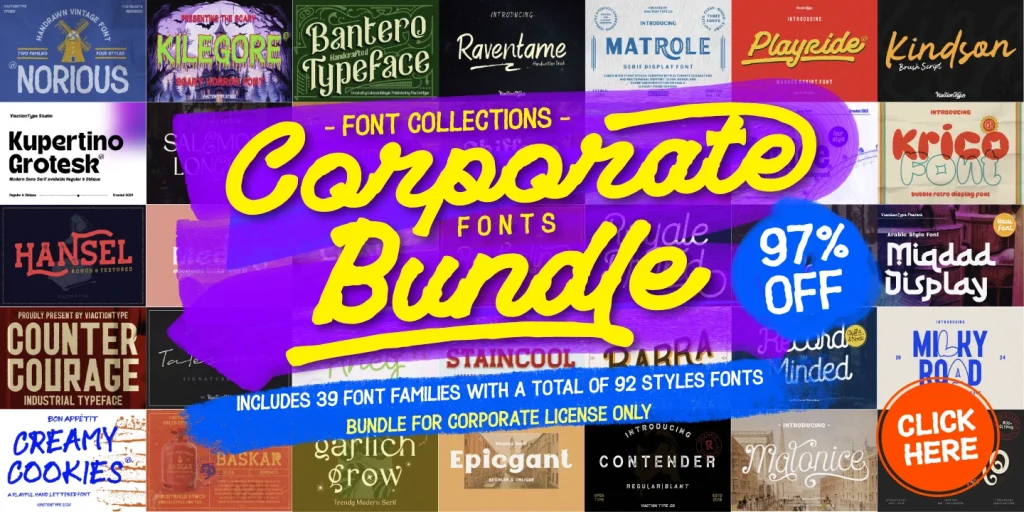Discover the fascinating evolution of movie poster design! From hand-painted classics to digital minimalism, explore how film posters have transformed over the decades.
Introduction
Movie posters have been an essential part of film marketing for over a century. From hand-painted illustrations to digital designs, their evolution reflects not only changes in artistic trends but also advancements in technology and audience preferences. This article explores the transformation of movie poster design from classic styles to modern trends and their impact on the film industry.
The Early Years: Classic Illustrated Posters (1900s – 1940s)
Hand-Painted Artwork
In the early 20th century, movie posters were primarily hand-painted illustrations. Artists created detailed compositions featuring dramatic scenes and expressive characters to attract audiences. These posters were inspired by theatrical and circus advertising.
Key Features:
- Hand-drawn illustrations
- Vintage typography
- Bold colors and dramatic imagery
Notable Examples:
- Metropolis (1927) – A striking Art Deco-inspired poster that became one of the most iconic in film history.
- Gone with the Wind (1939) – Romantic hand-painted artwork that captured the essence of the film.
The Golden Age: Photographic and Typography-Focused Posters (1950s – 1970s)
Introduction of Photography
With advancements in printing technology, studios began incorporating photographs of actors into their posters. This shift made film promotion more recognizable and allowed for stronger branding.
Key Features:
- Use of film stills and portraits
- Minimalistic but bold typography
- Emergence of iconic font styles
Notable Examples:
- Psycho (1960) – A minimal yet haunting poster that emphasized typography and mystery.
- Jaws (1975) – A highly memorable design featuring the now-iconic shark illustration.
The Blockbuster Era: High-Impact Visuals (1980s – 1990s)
Rise of Graphic Design and Digital Techniques
With the rise of blockbuster films in the 1980s, movie posters became more dynamic and visually engaging. Graphic designers used digital enhancements to create high-impact visuals.
Key Features:
- High-contrast color schemes
- Detailed character montages
- Logos and branded typography
Notable Examples:
- Star Wars (1977 – 1983) – The trilogy featured posters with epic compositions and iconic typography.
- Jurassic Park (1993) – A simple yet effective poster that relied on the iconic dinosaur logo.
The Digital Revolution: Minimalism and Conceptual Design (2000s – Present)
A Shift Towards Simplicity
Modern movie posters have embraced minimalism, with designs often focusing on conceptual imagery rather than excessive details. Digital tools allow for precise design elements and unique artistic styles.
Key Features:
- Minimalist layouts and abstract designs
- Bold use of negative space
- Interactive and dynamic digital posters
Notable Examples:
- The Dark Knight (2008) – A poster featuring subtle but powerful imagery of the Joker’s chaotic presence.
- Inception (2010) – A mind-bending perspective that visually represented the film’s themes.
Future Trends in Movie Poster Design
Looking ahead, movie posters are expected to become more interactive, incorporating augmented reality (AR) and motion graphics. With streaming services dominating, digital posters optimized for online viewing will continue to evolve.
Predicted Trends:
- AR-enhanced posters
- Motion posters for digital platforms
- AI-generated design elements
Conclusion
From hand-painted illustrations to AI-driven designs, movie posters have continuously evolved to capture the essence of films while adapting to technological advancements. Whether classic or modern, a well-designed poster remains a vital tool in film marketing.


